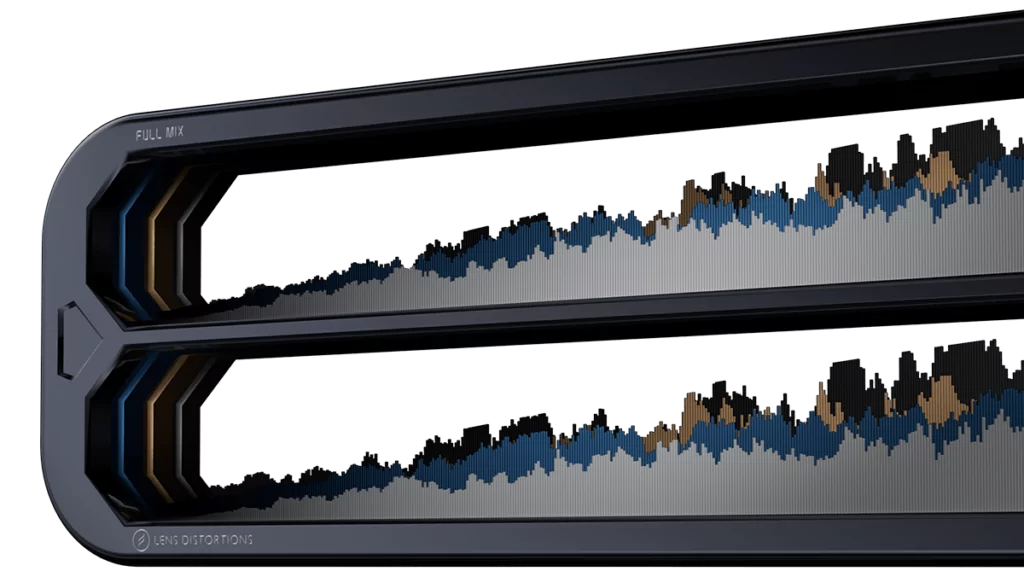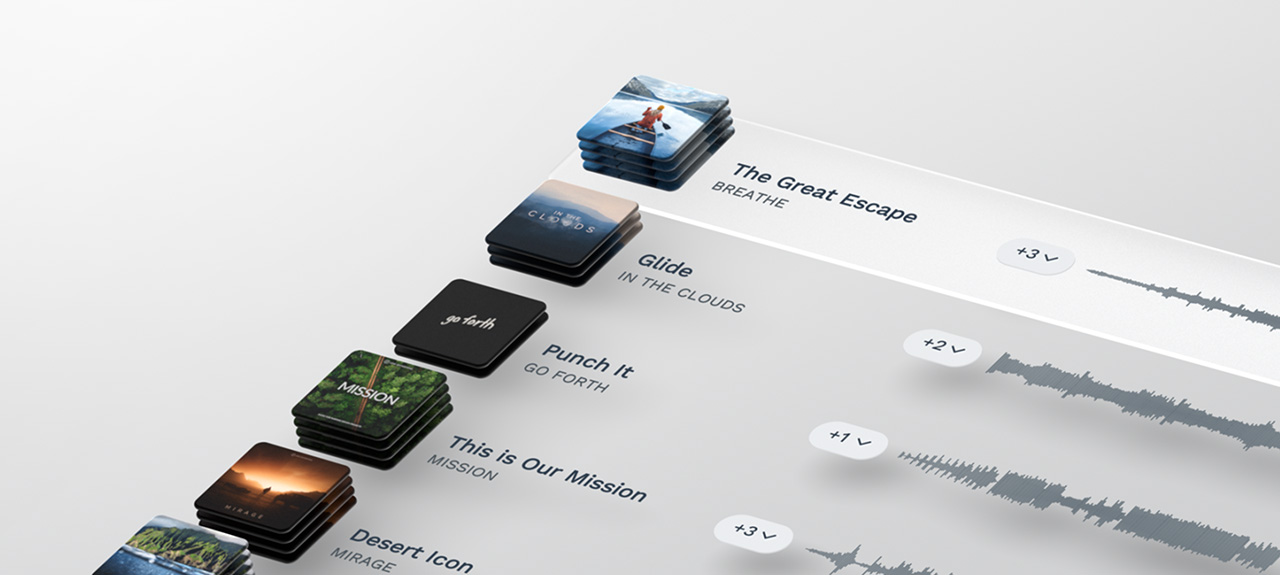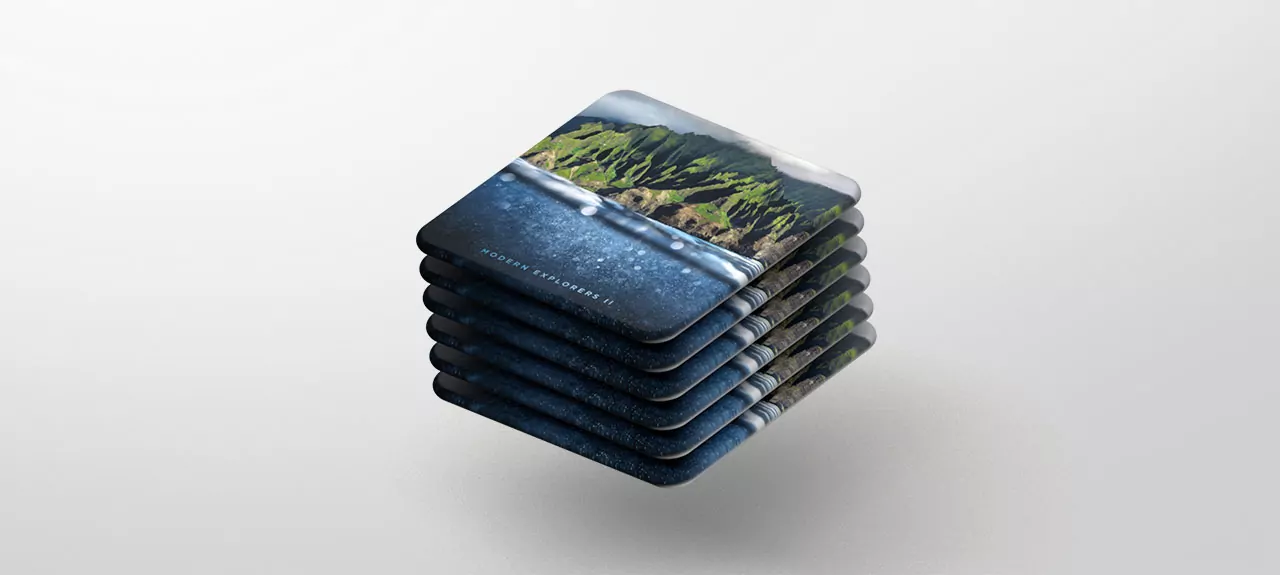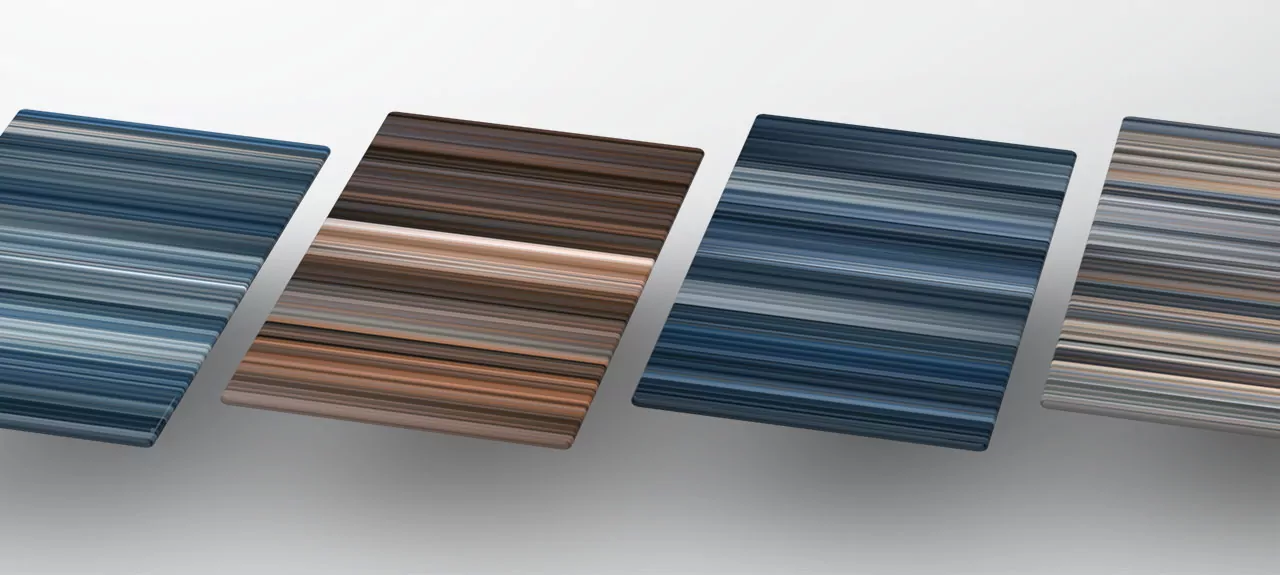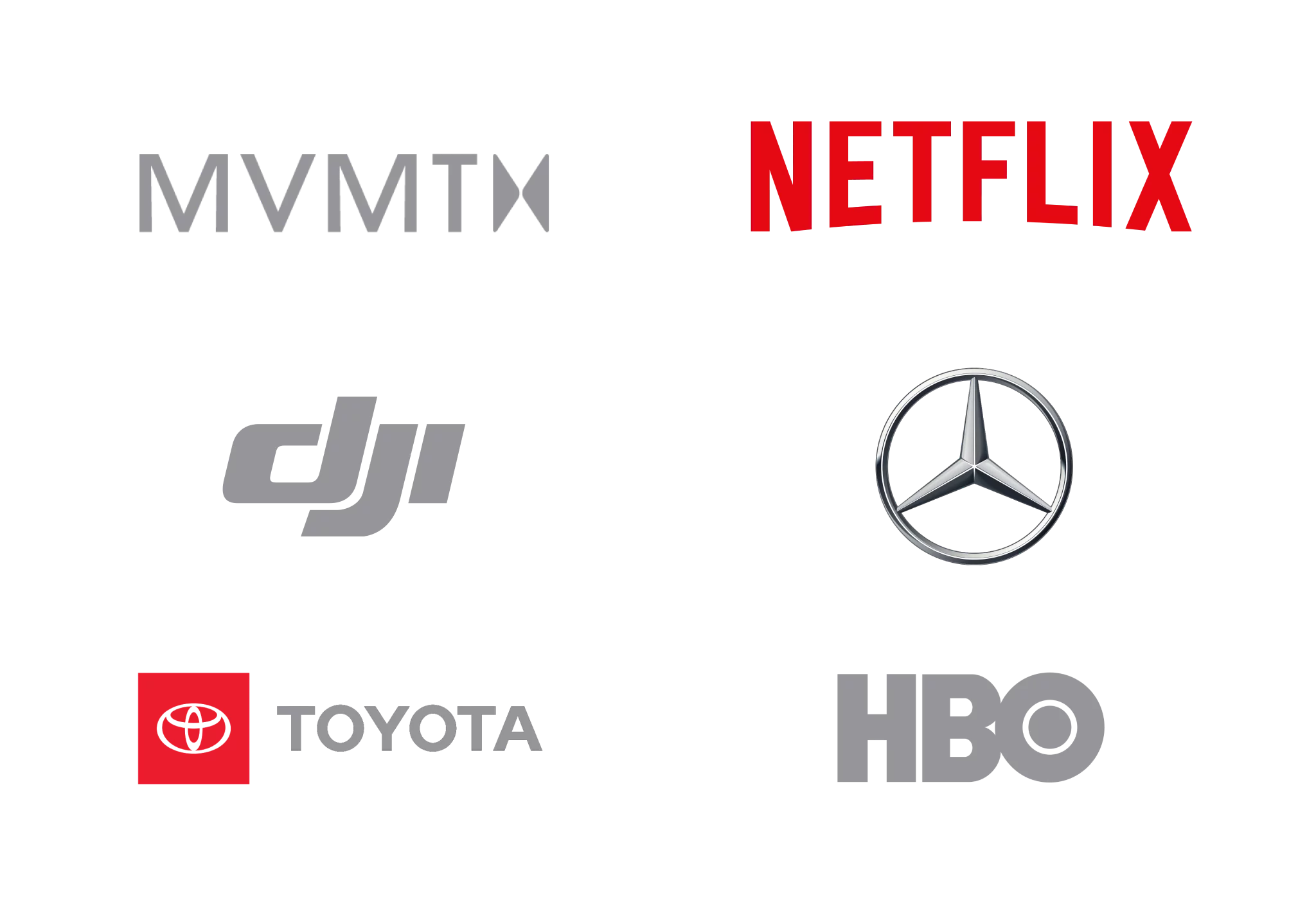Superior assets for cinematic creators.
Music, Sound Effects, Overlays, and LUTs for your videos.
Rise above the noise.
At Lens Distortions, we offer premium music & effects designed to help you create exceptional content.
Lens Distortions® assets are the preferred choice of top creators.
For more than a decade, our assets have helped top creators turn their creative vision into reality.
From massive YouTubers to global advertising campaigns to Hollywood movies, you’ve been impacted by our assets without even knowing it.
When you become a member, you get access to the same music and effects used by the best creative professionals in the world.
Premium Instrumental Music
The music you use completely defines the emotional tone of your content, so it has to be perfect.
At Lens Distortions, we compose everything in-house, giving you consistent quality and impeccable taste.
We focus exclusively on instrumental music. Rather than removing the lyrics from trendy songs, we create purposeful instrumental tracks that are ideal for your video projects.
Premium Instrumental Music
The music you use completely defines the emotional tone of your content, so it has to be perfect.
At Lens Distortions, we compose everything in-house, giving you consistent quality and impeccable taste.
We focus exclusively on instrumental music. Rather than removing the lyrics from trendy songs, we create purposeful instrumental tracks that are ideal for your video projects.
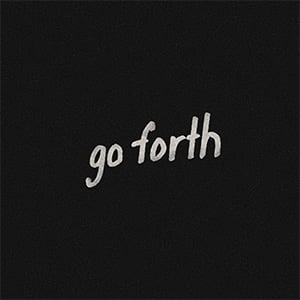
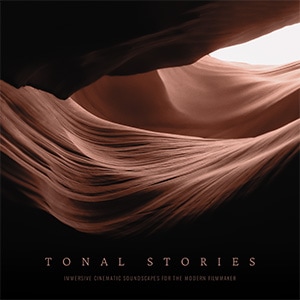
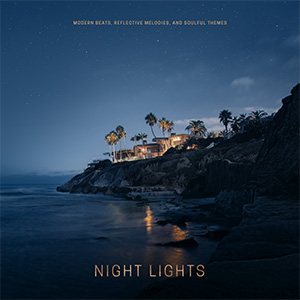


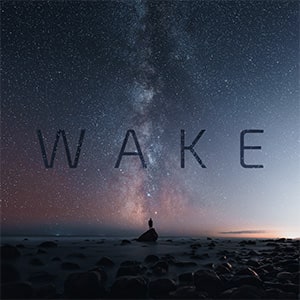
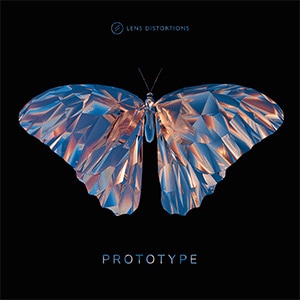

Extra Variations
Have you ever found the perfect track, but it was too intense to put underneath your voice-over?
We thoughtfully craft variations of every track so you always have options to choose from.
Whether you need epic full-mixes or subtle background versions, we have plenty of both.
Unique SFX Pairings
Have you ever trimmed down a music track and needed a musically-compatible accent to end on?
All our music comes with SFX pairings that perfectly match the key signature, mood, and tone of the track you’re using.
You’ll find options that complement your music.
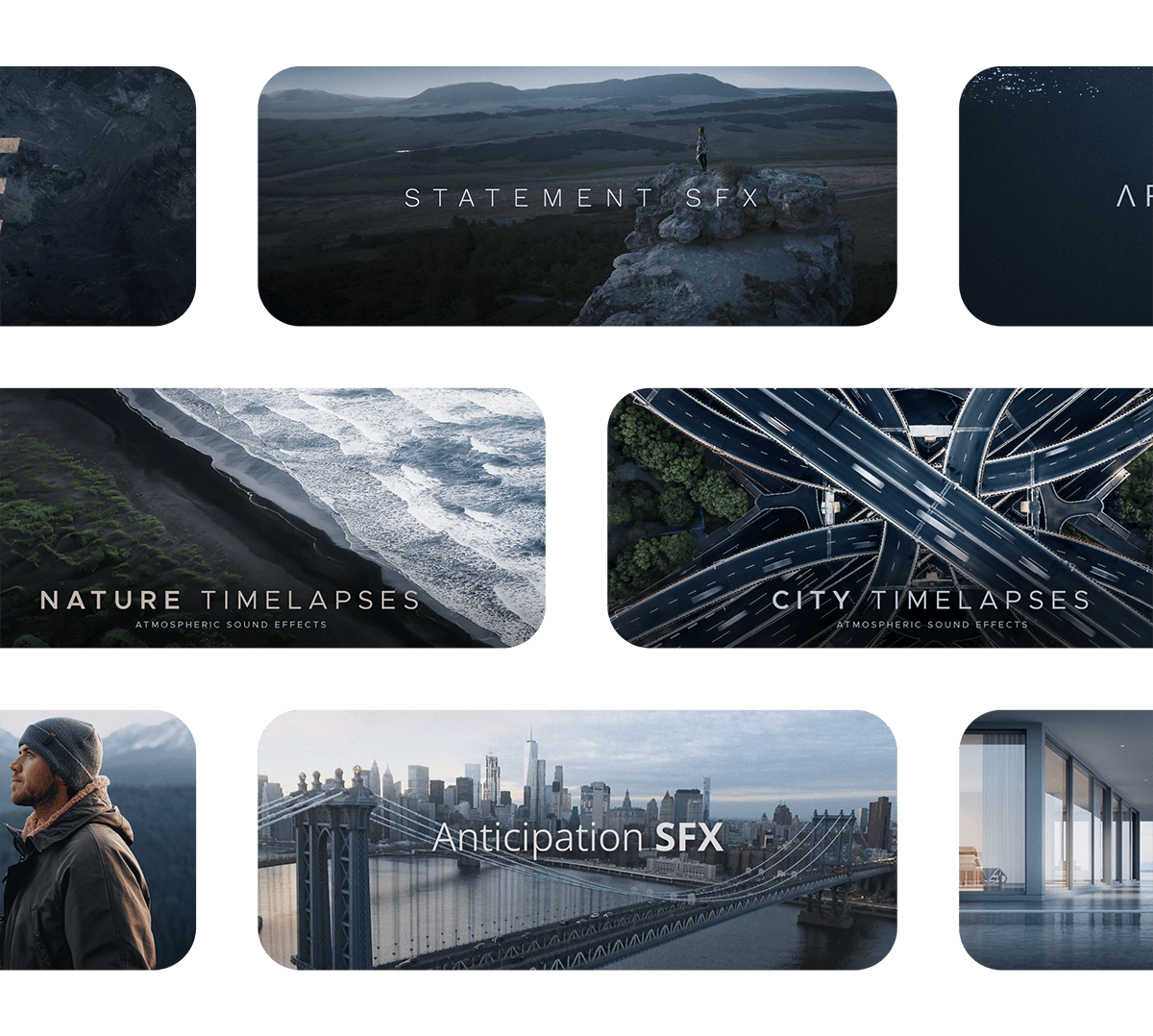
Sound effects you won’t find anywhere else.
We have one of the most curated libraries in the industry, focusing on versatile sound effects that imply movement, rather than literal recordings of every object imaginable.
In addition to the essentials, we offer some unique sound design concepts you won’t find anywhere else.
Every sound effect includes multiple variations, so you always have more than one option.
Sound effects you won’t find anywhere else.
We have one of the most curated libraries in the industry, focusing on versatile sound effects that imply movement, rather than literal recordings of every object imaginable.
In addition to the essentials, we offer some unique sound design concepts you won’t find anywhere else.
Every sound effect includes multiple variations, so you always have more than one option.
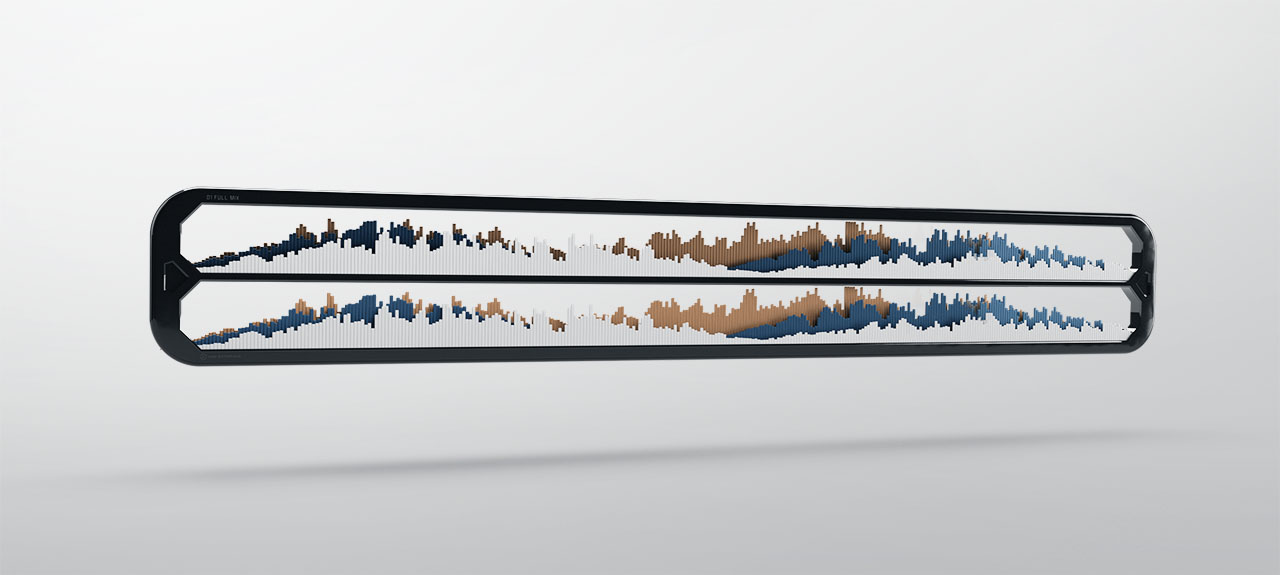
Save time with pre-built Sound Design Tracks™
Building impactful audio sequences from scratch is tedious and you don’t always have the time to do it well.
With Sound Design Tracks™, the hard work is done for you. Simply download a track that you like and edit to it just like you would edit to music.
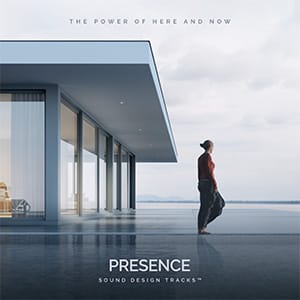
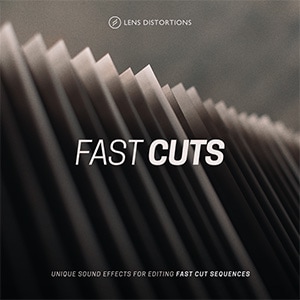
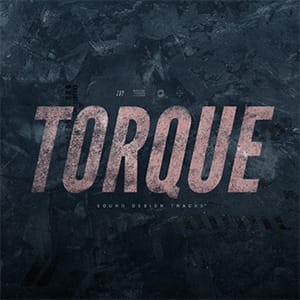
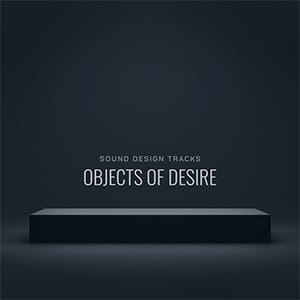

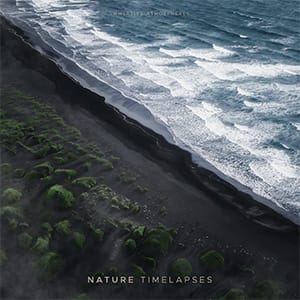


Visual assets that help you complete your aesthetic.
From the opening titles of Stranger Things to the closing credits of The Batman, chances are you’ve already encountered our visual assets…
Video Overlays
Dress up your footage with our signature glass effects, natural weather elements, and incredibly tasteful lens flares.
Finishing LUTs™
Instantly tie your entire project together with elegant, professional color grades. Our members absolutely love these LUTs.
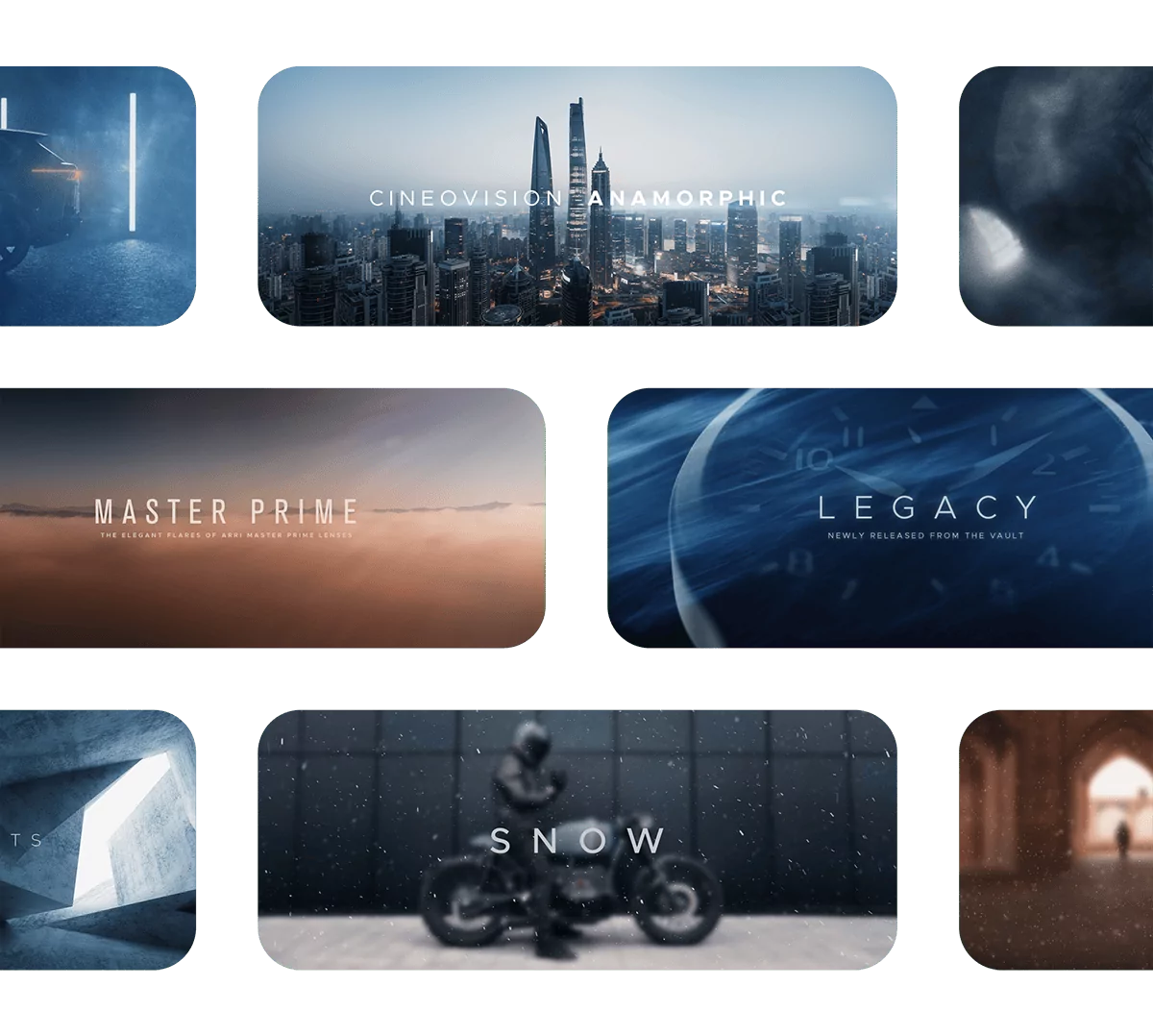
Video Overlays
From the opening titles of Stranger Things to the closing credits of The Batman, chances are you’ve already encountered our visual assets…
Dress up your footage with our signature glass effects, natural weather elements, and incredibly tasteful lens flares.
Finishing LUTs™
Instantly tie your entire project together with elegant, professional color grades. Our members absolutely love these LUTs.
Worry-free licensing.
You’re covered for virtually any video or podcast project and you never have to worry about copyright issues.
All plans include:
- Any projects you create while a member are licensed forever
- Approachable pricing for creators and professionals
- Monetize on YouTube
Worry-free licensing.
You’re covered for virtually any video or podcast project and you never have to worry about copyright issues.
All plans include:
- Any projects you create while a member are licensed forever
- Approachable pricing for creators and professionals
- Monetize on YouTube
We exist to help you stand out.
When you can’t hire a composer, sound designer, or colorist, a Lens Distortions membership is truly the next best thing.
We understand your struggles as an editor trying to do it all yourself with limited time and budget, all while trying to please the people you’re creating for.
Our assets are designed to save you time and help you achieve the best results possible.
If you ever need something, our support team is knowledgeable, responsive, and ready to help you.
1
Start your membership to unlock creative options.
Choose a plan below that fits your asset and license needs. You can switch plans or cancel anytime.
2
Find great music & effects that fit your content.
With better creative options to choose from, all you have to do is grab the one that feels best for your project.
3
Launch your projects with confidence.
You’re going to love knowing you have premium music, that’s properly licensed, that will make your content stand out.
Choose your plan.
You can cancel or switch plans at any time.
Music, SFX, Color & VFX
- Includes all music & variations
- Includes sound effects
- Includes VFX overlays
- Includes Finishing LUTs
- Covers personal, professional, and client videos & podcasts
- Covers social, web, and paid advertising
- License Codes + Request PDF licenses (great for clients)
- Pre-clear 10 YouTube channels
Music & Sound Effects
- Includes all music & variations
- Includes sound effects
- Covers personal, professional, and client videos & podcasts
- Covers social, web, and paid advertising
- License Codes + Request PDF licenses (great for clients)
- Pre-clear 5 YouTube channels
- No VFX overlays or Finishing LUTs
Music & Sound Effects
- Includes all music & variations
- Includes sound effects
- Covers videos on your personal social profiles and website
- Monetize your YouTube channel
- No VFX overlays or Finishing LUTs
- No client or professional work
- No paid advertising
Music, SFX, Color & VFX
- Includes all music & variations
- Includes sound effects
- Includes VFX overlays
- Includes Finishing LUTs
- Covers personal, professional, and client videos & podcasts
- Covers social, web, and paid advertising
- License Codes + Request PDF licenses (great for clients)
- Pre-clear 10 YouTube channels
Music & Sound Effects
- Includes all music & variations
- Includes sound effects
- Covers personal, professional, and client videos & podcasts
- Covers social, web, and paid advertising
- License Codes + Request PDF licenses (great for clients)
- Pre-clear 5 YouTube channels
- No VFX overlays or Finishing LUTs
Music & Sound Effects
- Includes all music & variations
- Includes sound effects
- Covers videos on your personal social profiles and website
- Monetize your YouTube channel
- No VFX overlays or Finishing LUTs
- No client or professional work
- No paid advertising
Membership FAQ
You can use our assets in virtually any video project or podcast project!
All plans cover social media networks, website videos, podcast platforms, and YouTube monetization.
Choose a Pro or All-Access plan to cover professional or client work and unlimited web advertising.
Assets must be “synchronized” into a video or podcast project with other media and may not be used on their own.
Streaming (Netflix, Hulu, etc), theatrical, and multi-territory TV require an extended license.
Please review the full license agreement for more details.
Examples of things you cannot do:
- Share files or accounts with other people (memberships are for a single person)
- Make music with our assets or sing over our tracks
- Incorporate our assets into any sort of product or app
- Upload our assets to Spotify, Apple Music, etc.
- Upload assets by themselves to YouTube, Facebook, etc.
- Automated or excessive downloading
Please review the full license agreement for full terms.
Yep. You can switch plans or cancel at any time.
If you ever feel like your current plan isn’t the best fit anymore, it’s easy to switch your plan to something more flexible. Learn more about switching.
If you choose to cancel, your membership will remain active until the end of your current subscription period and no refunds will be given.
Your membership will automatically renew unless canceled.
If you choose to cancel, your membership will remain active until the end of your current subscription period.
Once your subscription ends, you will no longer have permission to use any assets you’ve downloaded in new projects.
Don’t worry, any projects you already published while your membership was active are covered forever and you will not retroactively receive copyright claims.
Membership fees are not refundable.
Yes! Upload to YouTube and monetize with confidence!
Simply connect your YouTube channel to your Lens Distortions account to pre-clear the channel for use with our assets.
Pro and All-Access plans have the ability to connect more than one channel and can also create license codes to clear a specific music track in a single video. These options are great for clients or if you have more than one personal channel.
Rest assured, videos cleared while your membership is active remain cleared forever.
Instagram, Facebook, Twitter, Vimeo, etc are already cleared and do not currently require you to register your account or use License Codes.
You can browse the platform and stream previews of every individual asset without an account!
To test out music tracks in a project, you can create a free account and download a watermarked preview of any track.
These “temp tracks” are great for seeing if a track is a good fit for your project or client. Simply activate a membership when you’re ready to officially use a track.
We don’t offer downloadable samples of any of our SFX, VFX, or LUTs for free accounts.
Generally, all professional video editing software is compatible: Premiere Pro, Final Cut Pro X, Davinci Resolve, After Effects, LumaFusion, etc
Yes! You can switch between any of our membership plans at any time. Changes will take effect immediately.
Visit the Switch Plan page to choose a new plan.
The first time you switch your Membership plan, our system will automatically calculate the unused time left on your initial plan and adjust the amount due on your new plan. This is a one-time proration and will not carry over should you choose to switch the plan associated with your membership again in the future.
If the value of your unused time on your initial plan is greater than the cost of your new plan, your “Next Renewal Date” will also be extended. No refunds are given.
Please note the “Total Due Today” and “First Renewal” on the checkout screen to understand what and when you will pay.
For small teams, simply activate a membership for each person on your team.
For teams of 10 or more, contact us for enterprise pricing.
If you have a project that exceeds the scope of what the membership allows, you can purchase an extended license to upgrade that specific project for wider placements/distribution.
